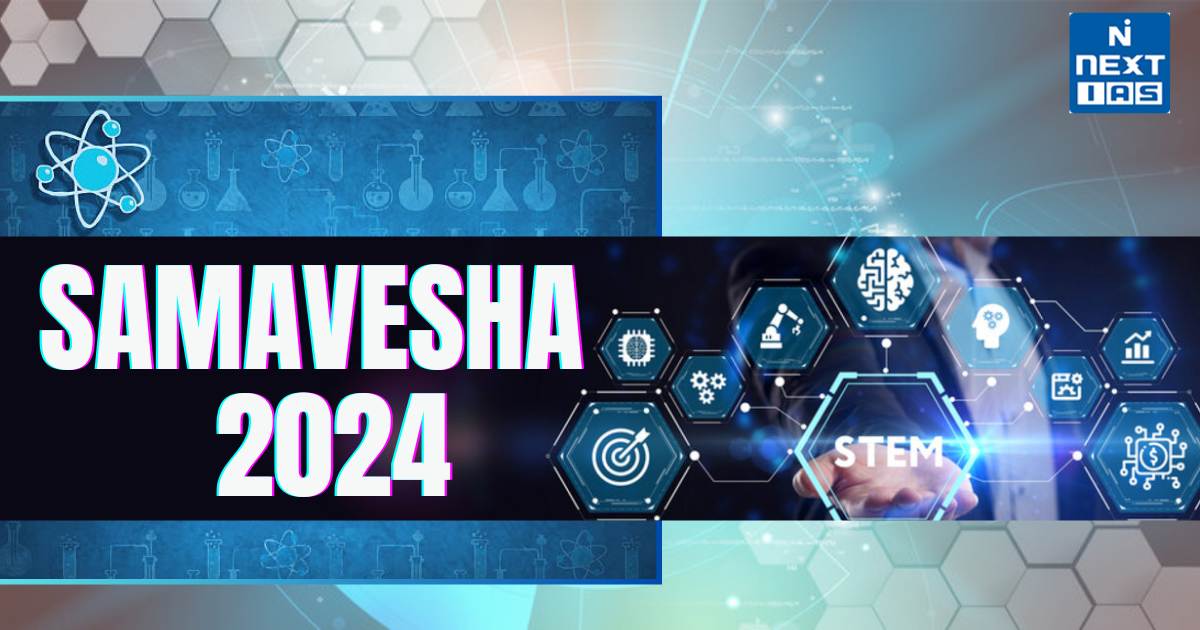
The Earth Bio-Genome Project (EBP) is an ambitious initiative to sequence the genomes of approximately 1.5 million eukaryotic species worldwide. This project is significant for preserving biodiversity, advancing scientific research, and enhancing our understanding of life on Earth. This article aims to study in detail the goals, methodologies, and potential impacts of the Earth Bio-Genome Project.
About Earth Bio-Genome Project
- The Earth Bio-Genome Project (EBP) is an ambitious international initiative to sequence the genomes of all known eukaryotic species on Earth.
- Launched in 2018, this groundbreaking project seeks to catalogue and understand the genetic diversity of life forms, thereby providing critical insights into conservation, biodiversity, and ecosystem functioning.
Objectives of Earth Bio-Genome Project
- Genome Sequencing: The primary goal is to sequence the genomes of approximately 1.5 million eukaryotic species, encompassing plants, animals, fungi, and protists. This will create a comprehensive database of genetic information.
- Biodiversity Preservation: By understanding genetic variations and evolutionary relationships, the EBP aims to inform conservation strategies, helping to protect endangered species and restore ecosystems.
- Understanding Ecosystem Functions: Sequencing genomes will enhance our understanding of how different organisms interact within ecosystems, their roles in food webs, and their responses to environmental changes.
- Advancements in Biotechnology: The project has the potential to unlock new resources for medicine, agriculture, and industry by identifying genetic traits that can lead to breakthroughs in biotechnology.
Importance of the Earth Bio-Genome Project
- Resource for Study: The EBP aims to build a comprehensive resource for studying various plant and animal species, enhancing our understanding of biodiversity.
- Medical Innovations: The project can potentially open new avenues for treating infections, developing anti-ageing drugs, and addressing food shortages through improved agricultural practices.
- Foundation for Future Biology: Ultimately, the EBP will create a new foundation for biology, driving solutions for preserving biodiversity and sustaining human societies. This foundational knowledge is crucial for understanding the intricate relationships within ecosystems and the roles different species play in maintaining ecological balance.
Methodology of Earth Bio-Genome Project
- Sample Collection: The EBP involves collecting genetic samples from diverse ecosystems worldwide, including forests, oceans, and wetlands. Collaborative efforts with local communities and scientists are essential for sustainable practices.
- Genome Sequencing: Advanced technologies, including next-generation sequencing (NGS), sequence DNA quickly and accurately. This technology allows for the efficient processing of large amounts of data.
- Data Analysis: The vast amount of genomic data generated will be analysed using bioinformatics tools to identify genetic variations, evolutionary relationships, and functional insights.
- Public Database: The resulting data will be available in an open-access format, enabling researchers, conservationists, and policymakers to use it for various applications.
Collaborative Efforts of Earth Bio-Genome Project
- Currently, 19 research institutions worldwide have signed up to participate in the EBP, with more institutions expected to join.
- For example, a team of Chinese researchers aims to sequence 10,000 plant species, while the Global Ant Genomes Alliance intends to contribute 200 ant genomes to this extensive effort.
Challenges of Earth Bio-Genome Project
- Funding and Resources: Securing adequate funding for such a large-scale project is a significant challenge. Collaboration with governments, NGOs, and private sectors is crucial.
- Technological Limitations: Despite advancements, sequencing certain complex genomes remains challenging due to size and repetitive sequences. Continuous improvements in technology are needed.
- Ethical Considerations: The project raises ethical questions regarding biopiracy, especially concerning indigenous knowledge and genetic resources. Ensuring equitable benefit-sharing is essential.
- Data Management: Managing and analysing vast amounts of genomic data requires sophisticated infrastructure and collaboration among scientists from diverse fields.
Conclusion
The Earth Bio-Genome Project represents a monumental step towards understanding and preserving the intricate tapestry of life on our planet. By sequencing the genomes of all known eukaryotic species, the EBP promises to unlock critical insights into biodiversity, ecosystem functionality, and the potential for future scientific advancements. As we face a biodiversity crisis, the EBP stands as a beacon of hope for conservation efforts, emphasising the urgent need to protect our planet’s genetic heritage.
FAQs
What is the Bioearth genome project?
The BioEarth Genome Project aims to sequence and analyze the genomes of diverse plant, animal, and microbial species to understand biodiversity, evolution, and ecosystem functions. It seeks to advance conservation, agriculture, and medicine by providing genetic insights that help address climate change, food security, and environmental sustainability challenges.
What is the Indian initiative on Earth bio-genome sequencing?
India’s Earth Bio-Genome Sequencing initiative aims to map the genetic diversity of the country’s vast flora and fauna. It supports conservation, agriculture, and biotechnology by decoding genomes of key species. This effort aligns with the global Earth BioGenome Project to preserve biodiversity and enhance sustainable development through genetic research.
What is the IndiGen project?
The IndiGen Project, launched by CSIR, aims to sequence the genomes of diverse Indian populations to understand genetic variations, disease risks, and personalized medicine. It enhances healthcare, drug discovery, and precision medicine while preserving genetic diversity. The project helps develop India-specific health solutions based on unique genetic insights.
What is the world’s largest biological project?
The Human Genome Project (HGP) is the world’s largest biological project, completed in 2003. It mapped the entire human DNA sequence, unlocking insights into genetics, diseases, and evolution. This landmark initiative revolutionized medicine, biotechnology, and genomics, paving the way for personalized healthcare, gene therapies, and advancements in biological research.
What is the significance of the Earth BioGenome Project?
The Earth BioGenome Project (EBP) aims to sequence the DNA of all eukaryotic life, preserving biodiversity and advancing science. It supports conservation, medicine, and agriculture by unlocking genetic insights. EBP helps combat climate change, species extinction, and ecological threats, fostering sustainable development and biological innovations for global benefit.
Who is the father of the Human Genome Project?
James Watson is often called the “father of the Human Genome Project” for advocating large-scale genome sequencing. However, Francis Collins, as the director of the Human Genome Project, played a crucial leadership role in its success. Their efforts revolutionized genetics, enabling breakthroughs in medicine, biotechnology, and personalized healthcare.





